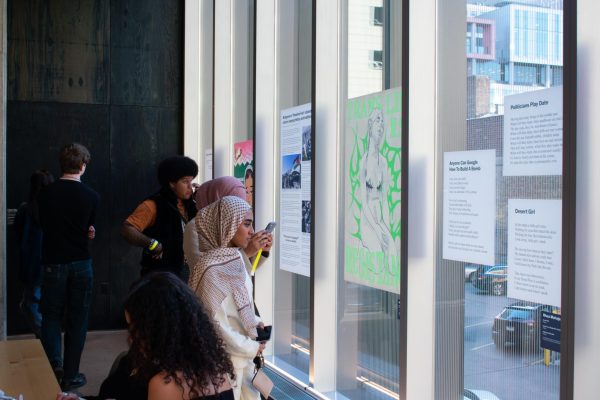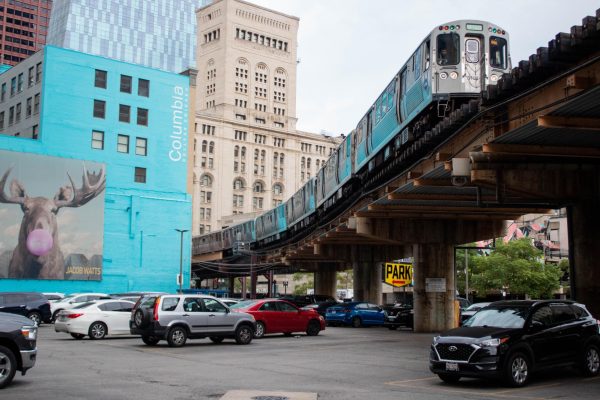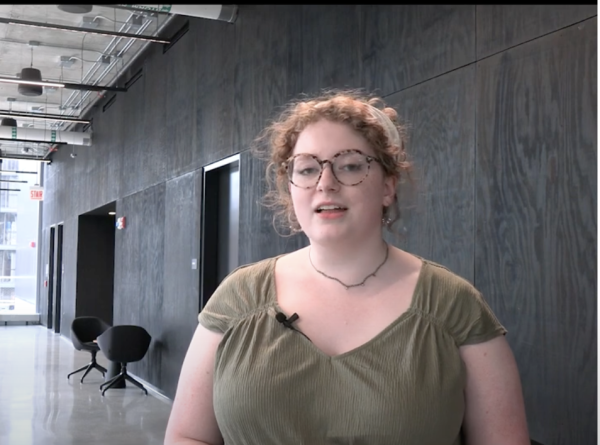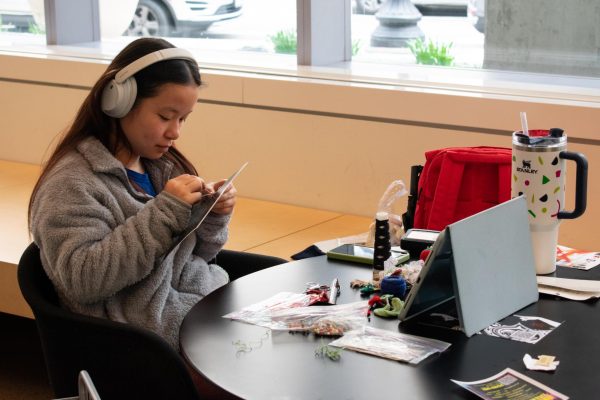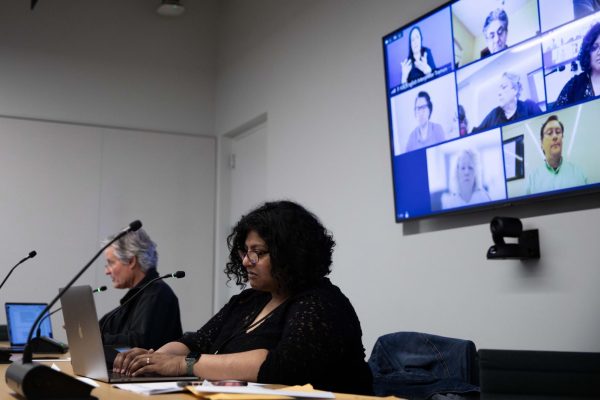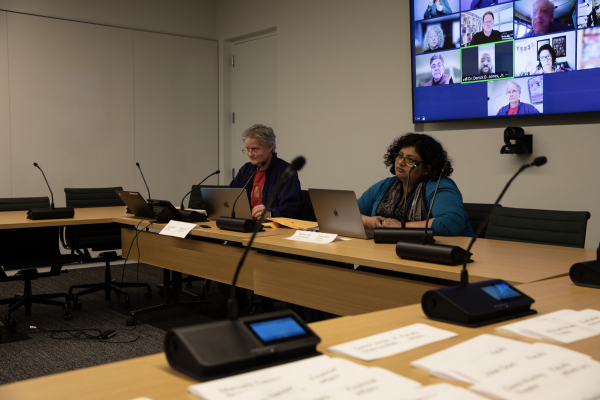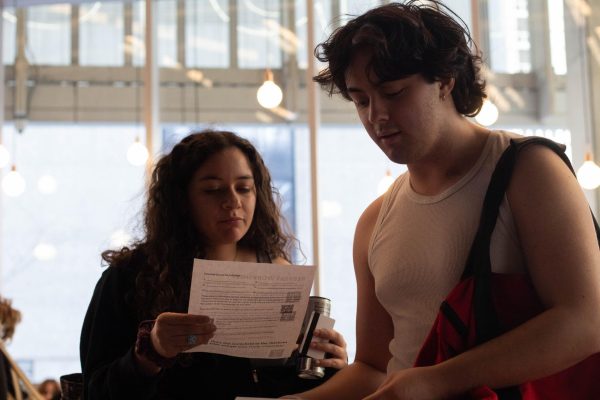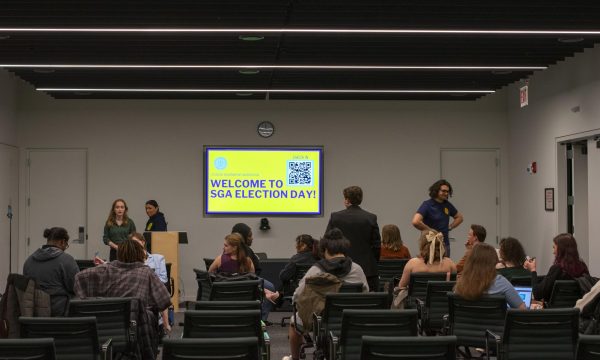Second act
October 6, 2008
by Kevin Fuller
Faculty, Science and Math Department
If it is true that we are the product of our experiences, then the banks of a small Georgia lake are a big part of me. I spent the better part of my summer days there fishing, swimming (not on game days), canoeing, catching turtles-and avoiding poisonous snakes. It was an idyllic childhood that I cherish, but understand that few would enjoy it. The lake was about two miles from a small town that was more Mayberry than Manhattan, and at least once a day when I was in high school, I would go into town for school, sports practice or just to catch up with my more “urban” classmates.
Even the ride into town was beautiful. The undulating, narrow blacktop passed tidy frame homes perched on hillsides and surrounded by fruit trees. An antebellum mansion that Sherman missed on his march to the sea sat watchful over the rich bottomland below. Driving into town, I passed verdant fields and thick forests and crossed a singularly beautiful small creek. I always made this drive with the windows down and the radio up, just soaking in the beauty. But as I reached town, things abruptly changed. Nature’s sensory abundance gave way to an equally stunning but less beautiful sight.
Just before the city limits was a gravel road turnoff. Down this gravel drive about a hundred feet from the road was a semicircle of six large, dark green municipal dumpsters. This family of dumpsters sat on a cleared and graded area about the size of two football fields. Among the weeds, dust and gravel was the collection point for smelly garbage, old furniture, bald tires and who knows what else. It also made a great place for target practice-evidenced by the broken glass, bullet-riddled cans and spent shell casings. If my lake home was a thing of beauty, this was definitely a beast.
But things change. Several years later and away at college, I received a newspaper clipping that a fire had consumed the antebellum home (insurance, some said) and a small part of me hurt deeply. About the same time, the county consolidated its trash collection and the smelly dumpsters went away, moved to a more central location that would also provide recycling services and discourage target practice. And with the disappearance of the dumpsters, the now abandoned clearing’s triumphant second act began. While appreciating the beauty deep in the country where I was raised, I had taken most of it for granted. The transformation that would take place on the once filthy parcel on the town’s edge was as inspiring as it was predictable.
Where the dumpsters once stood, sumacs, various scrubby oaks and pine saplings took root by the thousands and began a reclamation.
Over the course of the next several years, a forest would rise that would wipe out most of the visible traces of this land’s recent past. Fallen leaves and pine needles now cover the evidence and are surely beginning to enrich the hard, dry, clay-heavy soils.
The pines now rise uniformly to probably thirty feet. The sumacs, long shaded by the pines, are gone. That same shade will provide cover and moisture, and at some point, if not already, deciduous trees will take root. Hickory, sweetgum and white poplar will work their way up through the pines to join the high canopy.
As if on cue, the animals are returning, too. On a recent trip home, I twice witnessed juvenile deer gingerly crossing the black, freshly asphalted road from the reclaimed forest. I shared that news with a bit of excitement and warning with my family. Mom’s recent faceplant into her car’s airbag resulted from a “close encounter of the worst kind” with a large buck. I suspect that opossums and raccoons have returned as well.
That comeback, unfortunately, also will be confirmed by evidence in the roadway.
I’ve heard it said and I believe that “nature finds a way.” It’s forgiving and resilient. By falling back into its own rhythms and laws honed over billions of years, it remakes and reshapes itself. If we don’t do too much damage and just get out of the way, it shows us that it can take care of the rest. This little bit of land is testament to that. Though I am witnessing this land’s rebirth, I cannot fathom the deep history of the place.
Years from now, if I’m lucky enough to be there, maybe I’ll hear stories of young kids spending their summers navigating the same woods and waterways of my youth. Maybe, in my old age, driving more slowly and with the radio a few decibels lower, I will hear the drumming of a pileated woodpecker in these same woods. I will smile, satisfied in the knowledge that this bird lives high in these woods, nesting in a hollow in the soft fiber of some long dead pine.You have to love second acts.
The aim of “Natural Tendencies” is to show the relationships between humans and nature, as well as to better understand human nature. This is the third edition of Critical Encounters.If you would like to submit to Human “Natural Tendencies,” please contact Kevin Fuller at (312) 369-8505 or kgfuller@colum.edu.





